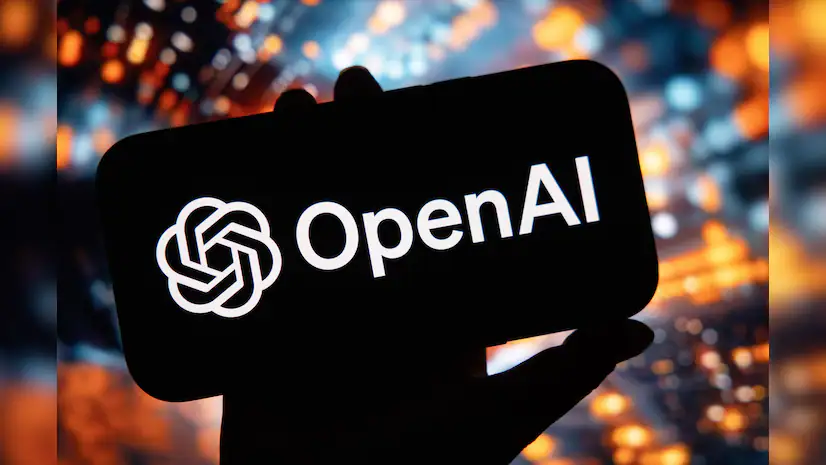OpenAI has introduced its newest generative artificial intelligence model, named o1. Also referred to as “Strawberry” internally, this model represents a significant advancement in AI capabilities, especially in terms of reasoning and self-correction. o1 is designed to minimize common errors that generative models face, offering better performance in complex problem-solving tasks like math, science, and programming.
Two versions of the model, o1-preview and o1-mini, are available starting today through ChatGPT Plus and Team subscribers, with broader access for enterprise and educational users expected next week.
Table of Contents
ToggleKey Features: Beyond Traditional AI
What sets OpenAI’s o1 model apart is its capacity for self-checking and “thinking” before delivering responses. The model is trained to avoid hasty conclusions and carefully considers each query’s various aspects.
This allows o1 to:
- Perform advanced reasoning tasks by breaking down complex problems into simpler steps.
- Fact-check its own responses, improving overall accuracy.
- Try different approaches if the initial method fails.
According to OpenAI, o1 exceeds human PhD-level accuracy in physics, biology, and chemistry problems, making it a substantial upgrade over previous models like GPT-4o.
Training and Optimization: Smarter Thinking Over Time
The o1 model was developed through a project internally known as Q* and is trained using reinforcement learning. This method teaches the system to “think” via a private chain of thought, refining its responses through rewards and penalties.

Noam Brown, a research scientist at OpenAI, revealed that the model’s unique training setup enables it to become more accurate the longer it thinks about a task. The model is particularly skilled at math, logic, and programming challenges, achieving high accuracy in competitive benchmarks.
Real-World Applications: Powering Legal and Programming Insights
Before its official release, o1 was tested in real-world scenarios. Pablo Arredondo, Vice President at Thomson Reuters, noted that the model surpassed OpenAI’s previous models in analyzing legal briefs and solving complex problems like LSAT logic games. It also demonstrated proficiency in handling multi-step tasks that require substantive, in-depth analysis.
However, Arredondo did caution that o1 can be slower than previous models, sometimes taking over 10 seconds to respond to particularly complex queries.
Performance Metrics: Outpacing GPT-4 in Key Areas
OpenAI’s o1 model has shown remarkable performance in competitive settings. For instance, in a qualifying exam for the International Mathematics Olympiad, o1 correctly solved 83% of the problems, compared to GPT-4o’s 13%.
The model also ranked in the 89th percentile in Codeforces, an online programming competition, showcasing its strength in handling complex algorithms and programming challenges.
Challenges and Limitations: Expensive and Restricted Usage
While o1 brings groundbreaking capabilities, it is not without its limitations:
- The current versions cannot browse the internet or analyze files.
- Usage is capped at 30 messages per week for o1-preview and 50 for o1-mini.
- Cost is a concern for API users, as o1-preview is priced at $15 per one million input tokens and $60 per million output tokens—three times the cost of GPT-4.
Conclusion: A New Era for Generative AI
OpenAI’s o1 model marks a new era for AI-driven reasoning, providing a tool that excels in self-correction, complex problem-solving, and deep analysis. Although it comes with higher costs and slower response times, its ability to outperform previous models in competitive and academic fields makes it a game-changer for industries that rely on accuracy and complex reasoning.
As more businesses and educational institutions gain access, the impact of this model will likely shape the future of AI applications in fields like science, law, and technology

[…] AI continues to evolve, OpenAI’s o1 models could pave the way for smarter, more capable systems that approach human levels of […]
[…] is expanding its AI capabilities beyond video creation, introducing tools like Dream Track for generating instrument-only tracks and the Music AI Sandbox for creating […]
[…] OpenAI's recent API launches bring exciting new features to help developers create better AI applications. The ChatGPT, DALL·E, Whisper, and Multi-modal APIs serve different needs, allowing for improved user experiences. With tools like Model Distillation and Vision Fine-Tuning, developers can make AI models work more efficiently and effectively. […]